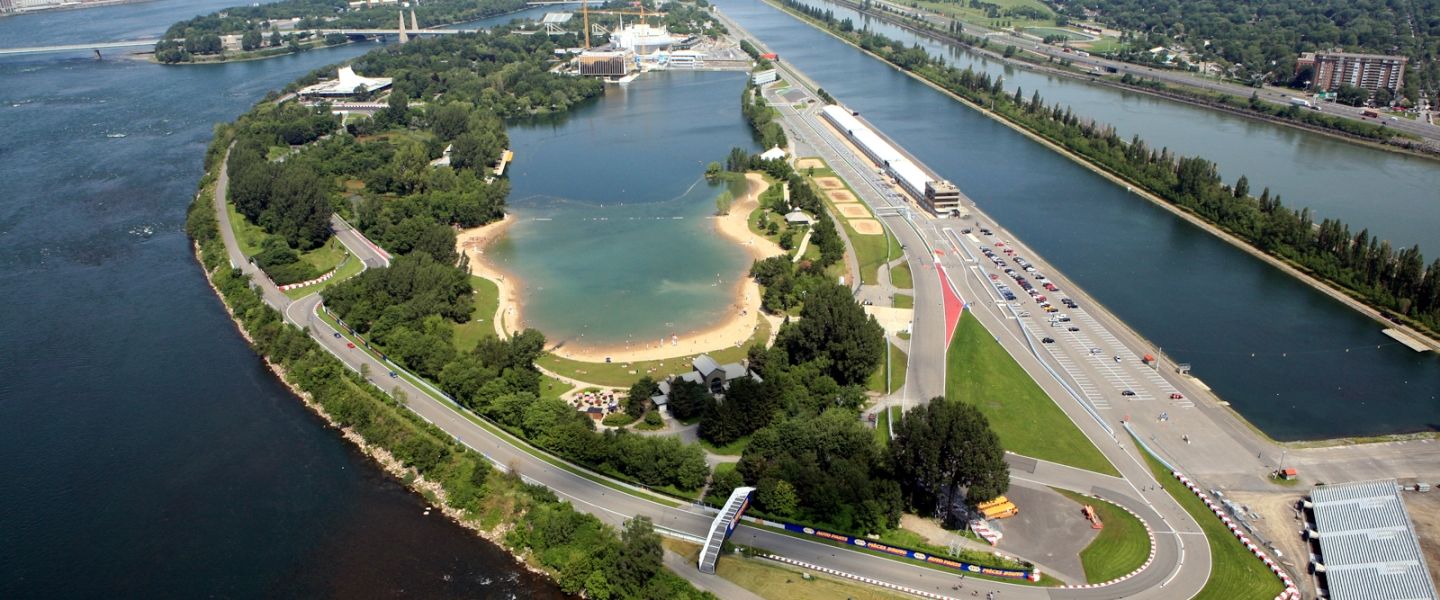Well, after two wins apiece for Mercedes, Ferrari and Red Bull, the world of Formula 1 descends onto the Ile Notre-Dame of Montreal this weekend.
Circuit Gilles Villeneuve; renamed following the Canadian’s tragic death in 1982, is a 2.7-mile, 14-turn ribbon of tarmac perfection which has become one of the most loved tracks on the circuit by both the teams and drivers due to its high-speed straights and heavy braking zones.
A #CanadianGP moment that never gets old ?@JensonButton's last-lap pass on Vettel after a legendary recovery drive
Did you react with joy or despair when this happened in 2011? pic.twitter.com/VsOLAu6A1o
— Formula 1 (@F1) June 6, 2018
Perhaps two of those high-octane areas will arrive at the L’Epingle hairpin at Turn 10 and the final chicane at Turns 13 and 14 located at the end of the back straight – adjacent to the infamous ‘Wall of Champions’ – where some of the biggest names of the sport have damaged much more than pride over the years.
However, another area which will undoubtedly provide an abundance of thrills and spills is between Turn 7 and Turn 8, with the FIA opting this year to implement a third DRS Zone.
A famous wall… but by no means a wall of fame! ?#F1 ?? #CanadianGP pic.twitter.com/RiIbhEeXc5
— Formula 1 (@F1) June 6, 2018
But of course, with any race, particularly it seems this season – with teams excelling at specific tracks more so than in previous terms – strategy may prove to be king, and this weekend’s rubber will play a significant role within that.
For the second weekend running, Pirelli has opted for the hypersoft compound to be part of the team’s set up; which will be a carbon copy to that of the selection of Monaco a fortnight ago, meaning the teams will be able to run one step softer than last year.

“While Monaco was the first appearance for the new hypersoft, we can almost consider Montreal to be the real debut for this tyre, as Monaco is completely atypical,” Pirelli’s Head of Car Racing, Mario Isola, told F1’s official website.
“The track surface at Montreal is actually quite smooth, but we should still see more than one pit stop due to the combination of the softest tyre nomination that we have ever brought to Canada, and a more demanding track layout than Monaco.
In the past, there has been an extremely wide variety of strategies seen at this race, and the arrival of the hypersoft should now open up those possibilities still further.
In reality, nobody knows exactly how it will perform in Canada in terms of wear and degradation, so the homework done during free practice will be more important than ever.”
Tune into the Candian GP this weekend (8th to 10th of June

